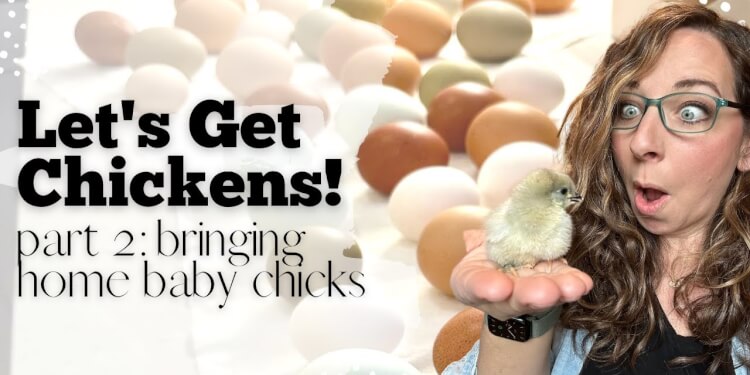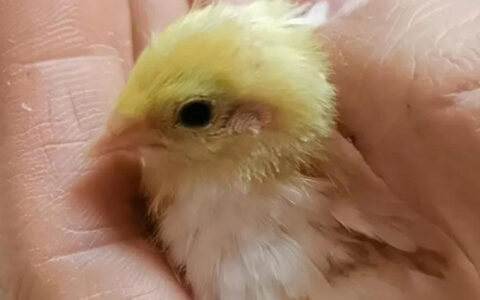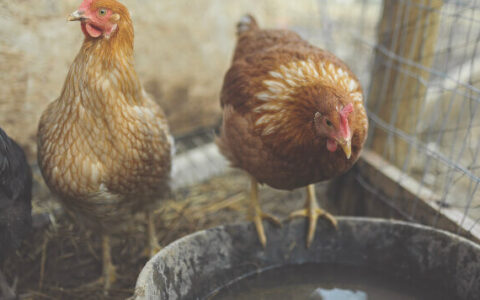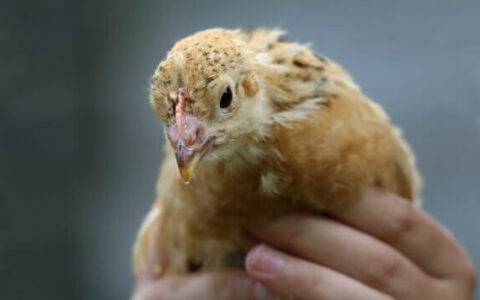A Comprehensive Guide to Bringing Home Baby Chicks: Setup, Care, and Maintenance
Welcome to the exciting world of backyard chicken keeping! This article will delve into the essential steps involved in bringing home baby chicks, ensuring they receive the proper care.
Welcome to the exciting world of backyard chicken keeping! This article will delve into the essential steps involved in bringing home baby chicks, ensuring they receive the proper care and environment tothrive. From setting up the nursery to monitoring their health, we'll provide detailed instructions and tips to help you successfully care for your chicks.
As you embark on this journey, it's crucial to remember that baby chicks are delicate creatures with specific needs. By following the recommendations outlined in this guide, you can create an optimal環境for their well-being and development. So, let's dive right into the practicalities of bringing home baby chicks.
Before you bring home your little chicks, there are a few key considerations to keep in mind. Firstly, determine whether the chicks you're planning to purchase are roosters, pullets (hens), or a mix of both known as straight run. Understanding the gender composition is essential for planning and potential accommodation needs.
Adequately preparing your brooder is essential before bringing home your chicks. This enclosed space will serve as their temporary home, providing warmth, protection, and access to food and water. Choose a brooder that offers ample space for their initial growth, allowing approximately one square foot per chick.

Setting Up Your Brooder
Creating a comfortable and secure brooder is paramount. Ensure it has a secure lid to prevent escapes and a warm environment to mimic the care provided by a mother hen. You can use various materials to construct a brooder, such as plastic storage containers or rabbit cages. Regardless of your choice, ensure it's well-ventilated to maintain proper air quality.
Avoid using heat lamps for warmth due to their potential fire hazard. Instead, consider using a brooder plate that provides a more controlled and safer heat source. The chicks can huddle under the plate when they need warmth and venture out as they acclimate to their surroundings.
Provide your chicks with ample food and water in separate containers within the brooder. Choose chick-specific feed labeled as
For enhanced nutrition and health, add vitamin and electrolyte supplements to their water, especially during their first week. Probiotics are also beneficial for maintaining a healthy gut microbiome. Keep these supplements on hand in case your chicks experience digestive issues.
Caring for Baby Chicks
Once your chicks arrive home, monitor their behavior closely. Healthy chicks are generally active and curious, making chirping sounds. Keep a watchful eyes for signs of lethargy or unusual behavior, which could indicate potential health issues.
Regularly check their brooder for pasty butt, a common issue where droppings accumulate on their feathers. Gently clean it with warm water and non-toxic soap to prevent discomfort and potential health problems. If the condition persists, consult with a veterinarian.
Maintain high standards of cleanliness by cleaning the brooder every three days. Replace soiled bedding with fresh materials to ensure a healthy environment for your chicks. Use non-toxic cleaning solutions to prevent exposing them to harmful chemicals.
For their safety and well-being, avoid overcrowding in the brooder. As they grow, provide them with additional space to move around and interact with each other.
Introducing Chicks to the Outside World
As your chicks grow stronger, gradually introduce them to the outdoors. Choose warm, sunny days with temperatures above 55 degrees Fahrenheit. Supervise them closely while they explore, ensuring they don't stray too far or encounter any hazards.
Provide them with protected access to sunlight for essential vitamin D synthesis. A dog crate with the bottom removed, placed in a safe outdoor area, allows them to experience the outdoors without the risk of predators.
Around a month of age, you can start introducing the chicks to your adult chickens. This process, known as integration, requires careful planning and supervision to ensure a smooth transition.
Health Monitoring and Potential Issues
Chicks are susceptible to various health issues, so prompt attention and treatment are crucial. Observe their overall appearance, activity levels, and droppings for any abnormalities.
Common health concerns include respiratory infections, digestive issues, and parasites. If you notice any signs of illness, such as coughing, diarrhea, or lethargy, isolate the affected chick and contact a veterinarian for guidance.
Provide a clean and disinfected environment to minimize the risk of disease transmission. Regular cleaning and proper ventilation are essential for maintaining good air quality.
Additional Tips and Considerations
Handle your chicks gently and avoid sudden movements that may startle them. Use a calm and soothing voice when interacting with them to build trust.
Use chick-specific treats and snacks in moderation as supplements to their balanced diet. Avoid giving them table scraps or human food, as it can disrupt their digestive systems and lead to health issues.
Chick grit aids in digestion and should be provided if your chicks are consuming anything other than chick crumble. It helps grind down their food, facilitating proper digestion.
Bonding with your chicks is essential for their socialization and well-being. Handle them regularly, talk to them, and let them explore their surroundings under your supervision.
Conclusion
Bringing home baby chicks is a rewarding experience, but it comes with responsibilities. By following the guidelines outlined in this article, you can provide your chicks with a nurturing environment that supports their health, growth, and development. Remember to monitor their well-being, maintain a clean and healthy environment, and consult with a veterinarian if any health concerns arise.
Prepare an adequately sized and secure brooder with appropriate ventilation.
Provide warmth using a brooder plate instead of a heat lamp.
Offer chick-specific feed, water, and supplements.
Monitor their health and behavior closely, responding promptly to any signs of illness.
Gradually introduce them to the outdoors and supervise their exploration.
Notice: Internet users spontaneously contributed the article content, and the article views only represent the author himself. This site only provides storage services, does not have ownership, and bears relevant legal liabilities. If you find plagiarism, infringement, or illegal content, please contact the administrator to delete it.



